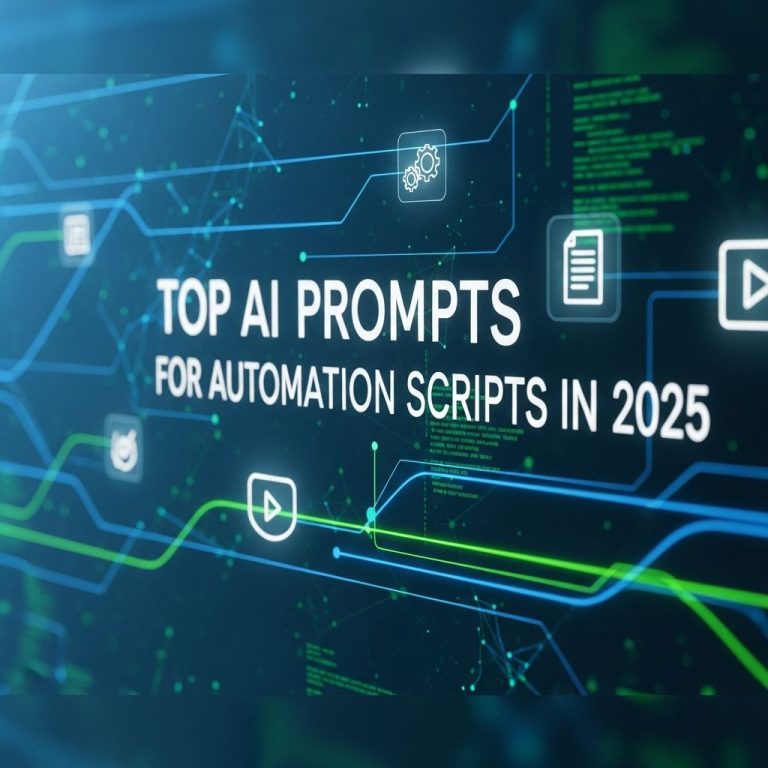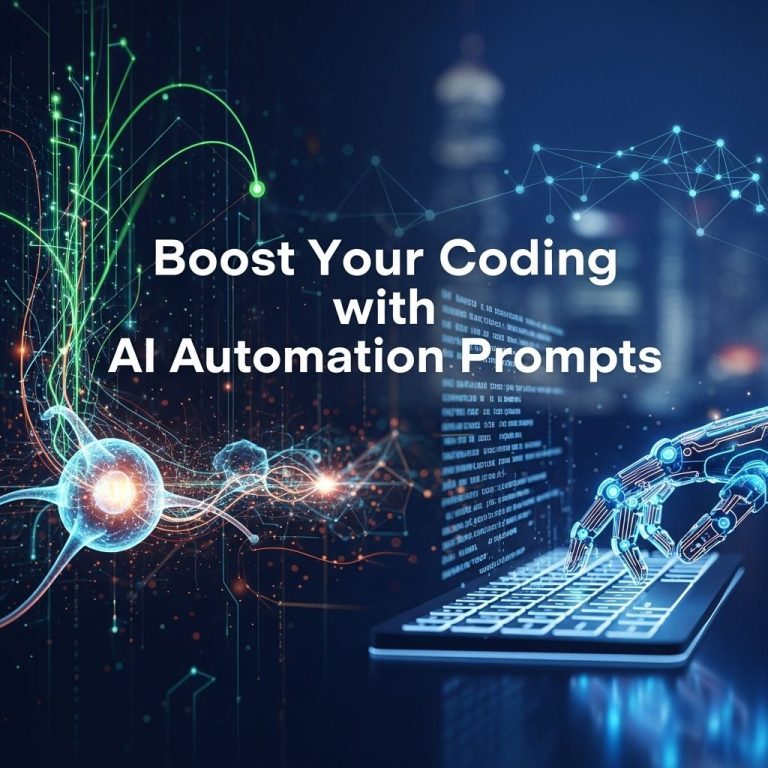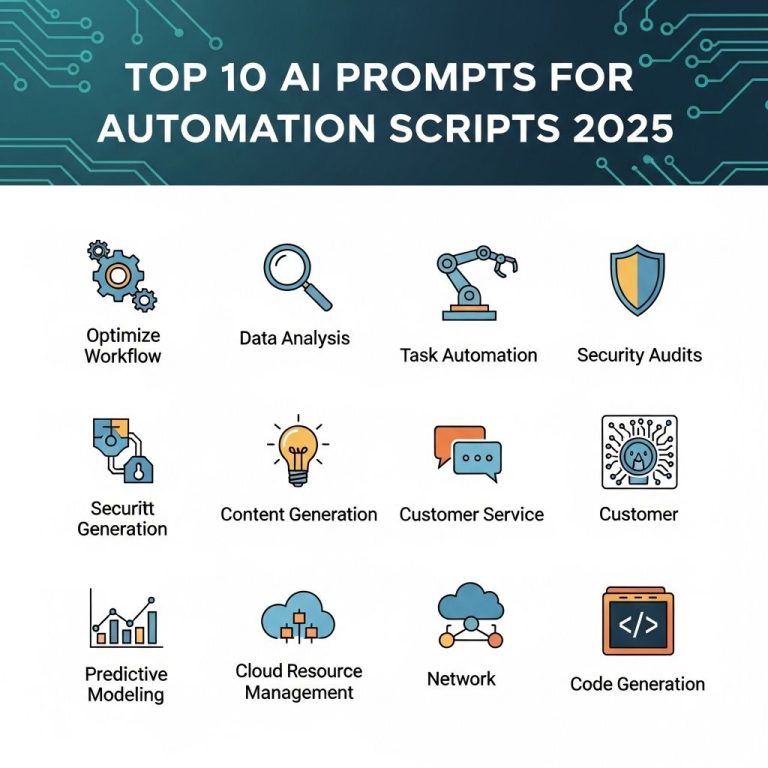In the rapidly evolving digital landscape, businesses are continuously seeking ways to enhance efficiency and streamline operations. One of the most promising solutions to emerge is the combination of low-code platforms and artificial intelligence (AI). Together, they empower organizations to automate workflows, improve collaboration, and adapt to changing market demands with unprecedented agility.
Understanding Low-Code Platforms
Low-code development platforms enable users to create applications quickly through graphical user interfaces and configuration instead of traditional hand-coding. This approach democratizes software development, allowing individuals with little to no programming experience to contribute to building applications.
Key Features of Low-Code Platforms
- Visual Development: Use drag-and-drop interfaces to design applications.
- Integration Capabilities: Seamlessly connect with existing data sources and APIs.
- Rapid Prototyping: Quickly create and test application prototypes.
- Collaboration Tools: Facilitate teamwork through shared workspaces and version control.
The Role of AI in Workflow Optimization
Artificial Intelligence has the potential to analyze massive amounts of data, identify patterns, and make predictions. When integrated with low-code platforms, AI can significantly enhance workflow efficiency. Here are several ways AI transforms workflows:
Automating Routine Tasks
AI can take over repetitive tasks, allowing employees to focus on more strategic activities. Some examples include:
- Data Entry: Automatic transcription and data extraction can minimize human error and save time.
- Customer Support: AI chatbots can handle routine inquiries, providing instant responses to customers.
- Document Management: Intelligent document processing can sort and categorize documents based on content.
Enhancing Decision-Making
AI algorithms can analyze historical data and provide insights that inform better decision-making. Key benefits include:
- Predictive Analytics: Forecast trends and outcomes based on data patterns.
- Resource Allocation: Suggest optimal resource distribution based on project requirements and workload.
- Risk Management: Identify potential risks and recommend mitigation strategies.
Implementing Low-Code AI Solutions
To successfully implement low-code AI solutions, organizations should follow a structured approach:
Step-by-Step Implementation Guide
| Step | Action | Outcome |
|---|---|---|
| 1 | Identify Workflow Needs | Determine which processes require automation. |
| 2 | Choose a Low-Code Platform | Select a platform that aligns with business goals. |
| 3 | Integrate AI Tools | Incorporate AI functionalities into the chosen platform. |
| 4 | Develop and Test | Create and iterate on prototypes to refine applications. |
| 5 | Deploy and Monitor | Launch the application and continuously assess its performance. |
Case Studies of Successful Implementations
Several organizations have successfully leveraged low-code AI solutions to enhance their workflows. Here are a few notable examples:
1. Healthcare Sector: Streamlining Patient Management
A leading healthcare provider integrated a low-code AI solution to manage patient appointments and records. By automating scheduling and data entry, they reduced administrative workload by 40%, allowing staff to focus on patient care.
2. Retail Industry: Optimizing Inventory Management
A retail chain employed low-code AI to predict inventory needs based on sales data. This proactive approach resulted in a 25% decrease in stockouts and a 15% increase in sales due to better product availability.
3. Financial Services: Enhancing Fraud Detection
A financial institution implemented a low-code platform with AI capabilities to monitor transactions in real-time. The solution improved fraud detection rates by 30%, safeguarding customer assets and enhancing trust.
Challenges and Considerations
While the benefits of low-code AI are significant, organizations must be aware of potential challenges:
1. Data Privacy and Security
Integrating AI tools requires careful handling of sensitive data. Ensure compliance with regulations and implement robust security measures.
2. Skill Gaps
Although low-code platforms are designed for non-developers, some technical knowledge may still be necessary for more complex implementations. Upskilling employees can mitigate this issue.
3. Vendor Lock-In
Choosing a low-code platform often ties businesses to a specific vendor. Consider the long-term implications of this choice and evaluate flexibility for future needs.
Future Trends in Low-Code AI
As technology continues to advance, several trends are likely to shape the future of low-code AI:
- Increased AI Integration: More platforms will incorporate AI features, making automation more accessible.
- Enhanced User Experience: Improved interfaces will make it easier for users to develop applications without extensive training.
- Greater Focus on Collaboration: Tools that facilitate teamwork and communication will be prioritized in low-code platforms.
Conclusion
Combining low-code development with AI presents a transformative opportunity for organizations to optimize workflows, automate routine tasks, and make data-driven decisions. By understanding the capabilities and challenges of these technologies, businesses can position themselves for success in a competitive landscape. Embracing this innovative approach not only enhances operational efficiency but also fosters an environment of agility and collaboration that is essential for modern enterprises.
FAQ
What is low-code AI?
Low-code AI is a development approach that allows users to create applications and automate workflows with minimal hand-coding, using visual interfaces and pre-built components.
How can low-code AI improve business workflows?
Low-code AI can streamline processes, enhance collaboration, and reduce time-to-market by enabling users to quickly develop and deploy applications tailored to their specific workflow needs.
Is low-code AI suitable for non-technical users?
Yes, low-code AI is designed for non-technical users, allowing them to build applications without extensive programming knowledge, thus empowering more teams to innovate.
What industries can benefit from low-code AI solutions?
Low-code AI solutions can benefit various industries including healthcare, finance, retail, and manufacturing by automating repetitive tasks and improving operational efficiency.
What are the security considerations for using low-code AI?
While low-code AI platforms can enhance productivity, it’s crucial to assess their security features, such as data encryption and user access controls, to protect sensitive information.
How do I get started with low-code AI for my business?
To get started with low-code AI, evaluate your business needs, choose a suitable low-code platform, and engage your teams in training to leverage the tools effectively.




